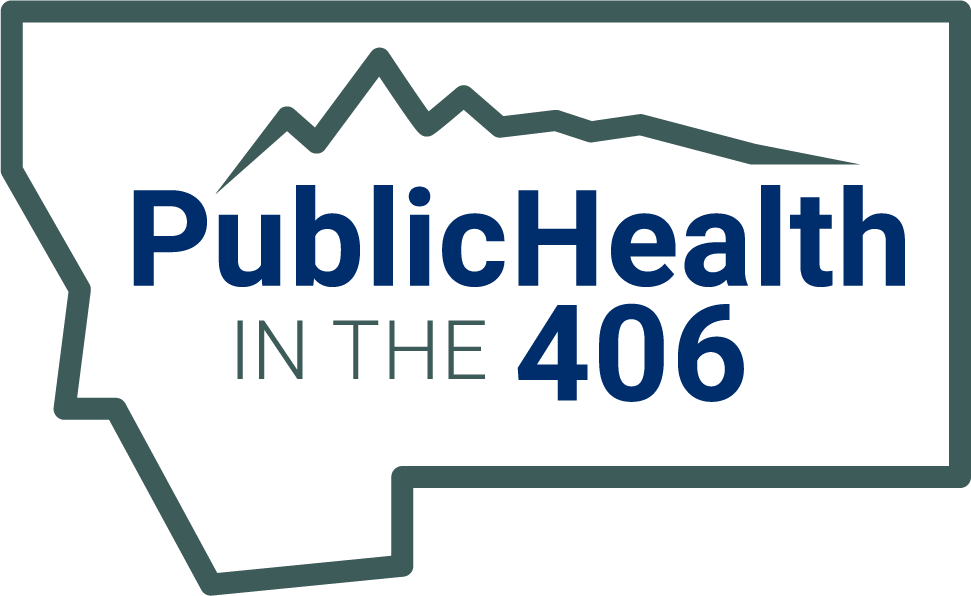Sexually Transmitted Infections (STIs)
Sexually transmitted diseases (STDs), also known as sexually transmitted infections (STIs), are very common.
STIs are passed from one person to another through sexual activity including vaginal, oral, and anal sex. They can also be passed from one person to another through intimate physical contact.
Many people with an STI don't know it, because they often have no symptoms. Go to GetTested.MT.gov to find a private, confidential, and free or low cost testing location near you. If you are diagnosed with an STI, know that all can be treated with medicine and some can be cured entirely.
STIs are preventable. If you are sexually active, know how to protect yourself and your sexual partner(s) from STIs. Click on the icons below for more information.








